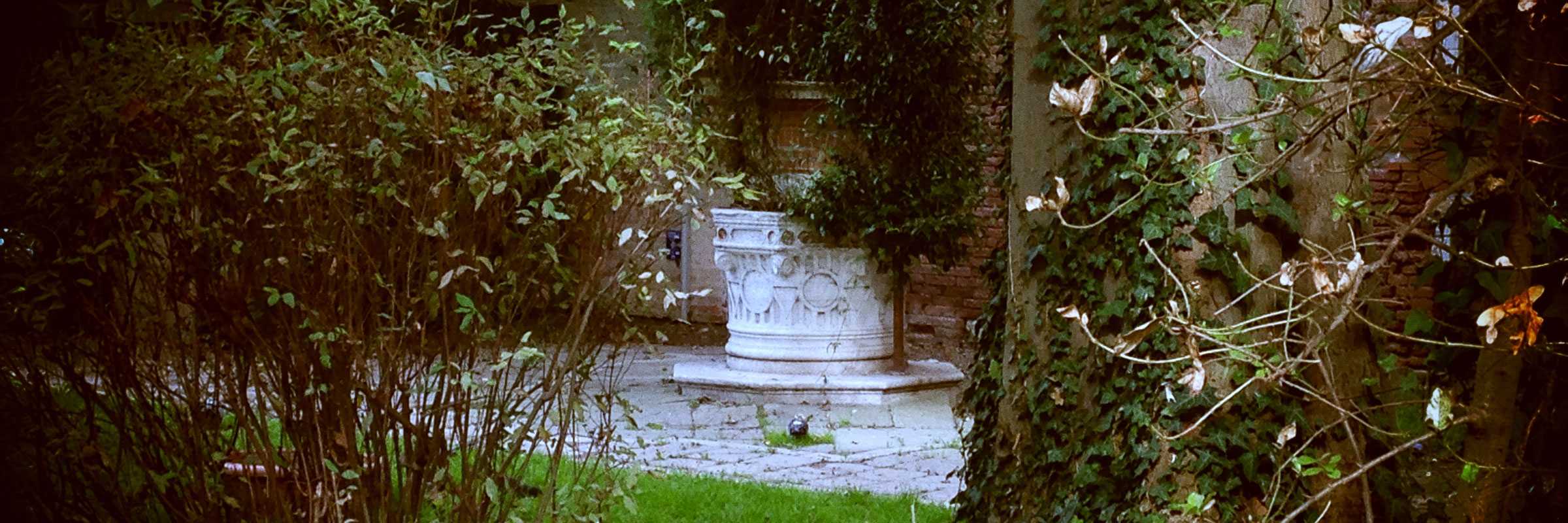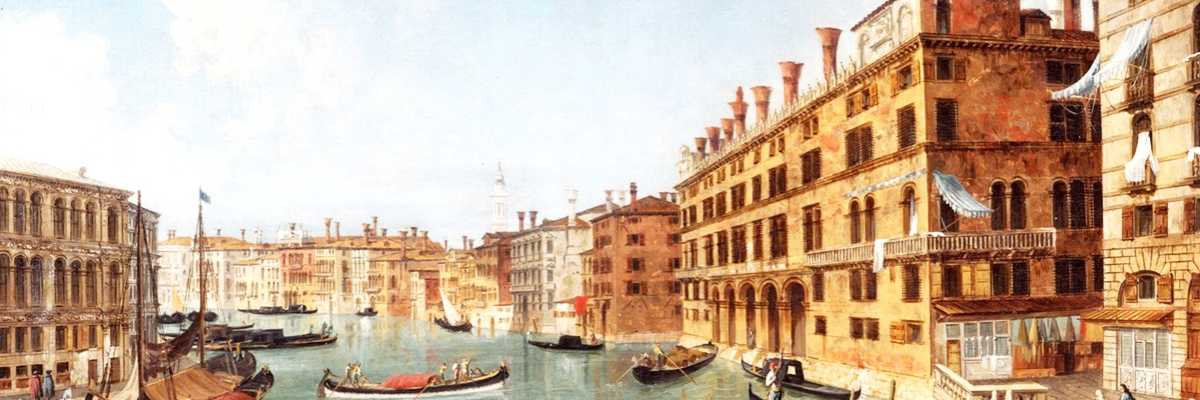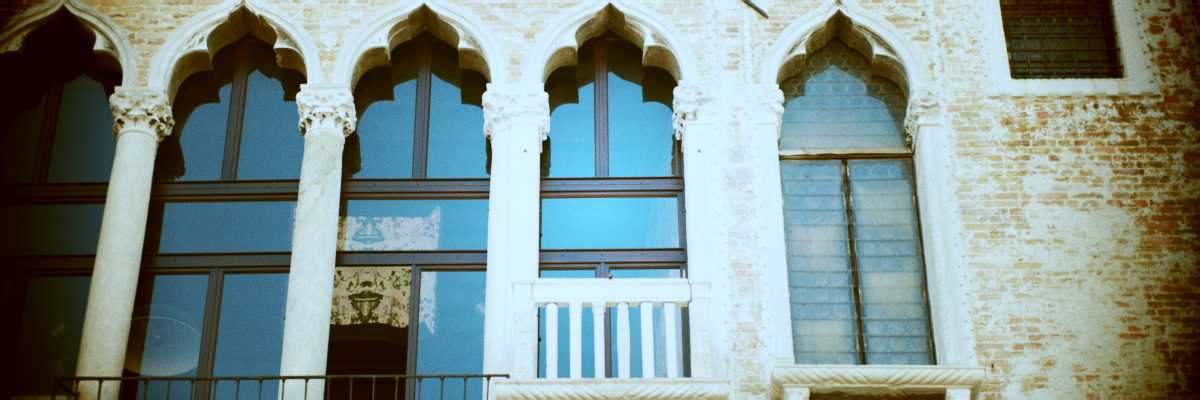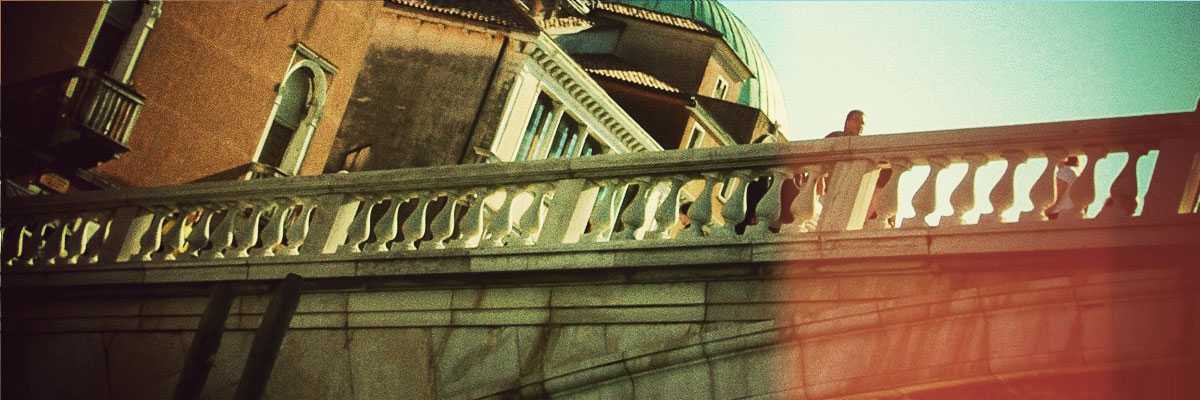The garden is located near the Ponte delle Guglie, and belongs to the Savorgnan patrician residence of the same name, now home to a school.
At the beginning, the green area was designed by the architect Giuseppe Sardi, who also designed the palace of the same name, but over the years it underwent various modifications linked to the fashions of the moment and the needs of the various owners who succeeded it. Among the various interventions made to the park, the one from the early nineteenth century by Pietro Chezia, known for his architectural works in the theatrical field, in pa
Already subscribed? Login →
Continue reading:
7,99€ per month, or 59€ per year
Invest in culture, in beauty, in a better future.
You can unsubscribe whenever you want.
or




